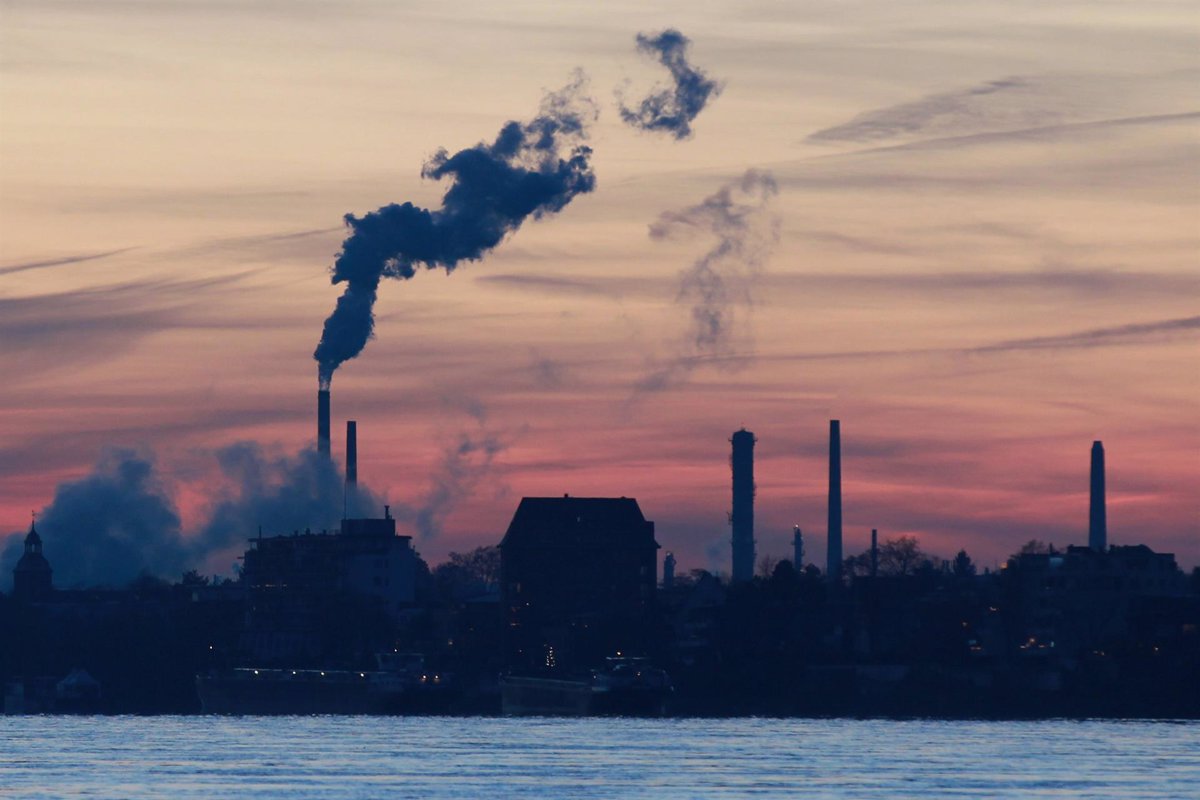Projections place global warming well above the target agreed in the 2015 Paris Agreement
MADRID, 25 Oct. (EUROPA PRESS) –
The United Nations Climate Change has warned of a considerable increase, of around 16 percent, in global greenhouse gas emissions in 2030 compared to 2010, an increase that, if not reversed, can lead to a rise in temperature globally around 2.7ºC at the end of the century.
This has been concluded in an update of the climate action plans communicated in the Nationally Determined Contributions (NDCs), which are at the core of the Paris Agreement and the achievement of those long-term goals.
The update of the key findings of the work, which was requested by the parties to the Paris Agreement to assess the progress of climate action ahead of the United Nations Conference on Climate Change (COP26) that begins on October 31 in Glasgow, comes to confirm the general trends identified in the full report, released on September 17, 2021.
However, the information received confirms that updated or new climate action plans can be effective in reducing greenhouse gas emissions over time. For the group of 143 parties that submitted new or updated NDCs, total greenhouse gas emissions are estimated to be approximately 9 percent below the 2010 level by 2030.
Furthermore, within this group, some 71 parties reported a carbon neutrality target by mid-century. The report concludes that the total level of greenhouse gas emissions from those parts could be 83 to 85 percent lower in 2050 than in 2019.
“The message in this update is loud and clear: parties must urgently redouble their climate efforts if they want to avoid global temperature increases beyond the Paris Agreement target of well below 2ºC, ideally 1.5ºC, by the end. of the century “, the objective set in the Paris Agreement, has pointed out the executive secretary of UN Climate Change, Patricia Espinosa.
“Exceeding the temperature targets will lead to a destabilized world and endless suffering, especially among those who have contributed the least to greenhouse gas emissions in the atmosphere,” he added, before noting that the update of the report confirms the trend of the former, “which is that we are nowhere near where science says we should be.”
The Intergovernmental Panel on Climate Change (IPCC) has estimated that limiting global average temperature increases to 1.5 ° C requires a 45 percent reduction in CO2 emissions by 2030 or a reduction in 25 percent by 2030 to limit warming to 2ºC. If emissions are not reduced by 2030, they will need to be reduced substantially thereafter to compensate for the slow start on the path to net zero emissions, but probably at a higher cost.
Espinosa has clarified that the parties can present NDCs or update those already sent at any time, even during COP26. “I again urge all parties that have not yet done so to submit new or updated NDCs,” he concluded.
–

